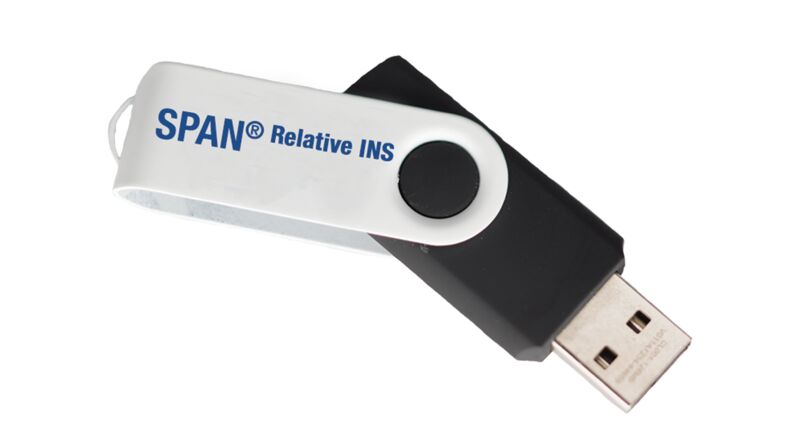SPAN® Relative INS
SPAN® Relative INS
NovAtel's Relative INS technology generates a position, velocity and full attitude vector between two moving SPAN systems. As a result, the relative 3D velocity and the 3D orientation offset between two vehicles can be determined.
Features
- Precise relative position, velocity and attitude vector between two SPAN systems
- Flexibility in choosing either master or rover as the point of interest for the Relative INS solution
- Available on all SPAN systems to meet the requirements for a wide variety of applications in terms of size, performance and price
- A robust solution in short GNSS outages
AVAILABLE ON ALL SPAN SYSTEMS
The quality of the IMU drives the relative velocity and attitude performance. Relative INS is available on all SPAN systems allowing you to choose the system that best meets the performance/price needs of your application.
RELATIVE INS USE CASES
The following use cases show examples of Relative INS systems. Once configured, the master system begins transmitting corrections to the rover system. The precise relative RTK position is determined on both systems and the precise RTK vector is calculated. The master system uses the precise RTK vectors to calculate the relative offset vector.
Use Case: Landing a UAV on a Ship
Use Case: Aligning a Truck with the Output Chute of a Combine
Use Case: Collision Avoidance
How it works
FLEXIBLE CONFIGURATIONS
On SPAN systems, the position is calculated based on the location of the Inertial Measurement Unit (IMU), however the IMU is not always located at the point of interest for the application. Relative INS allows you to define the point of reference on the IMU, antenna or any other fixed location on the vehicle, such as the landing skid of a Unmanned Aerial Vehicle (UAV) or the output chute of a combine harvester.
The Relative INS solution is available at high data rates for use in high dynamic applications such as airborne platforms. The solution can also be used at lower data rates for low dynamic applications or applications with a lower speed data link between the SPAN systems.




